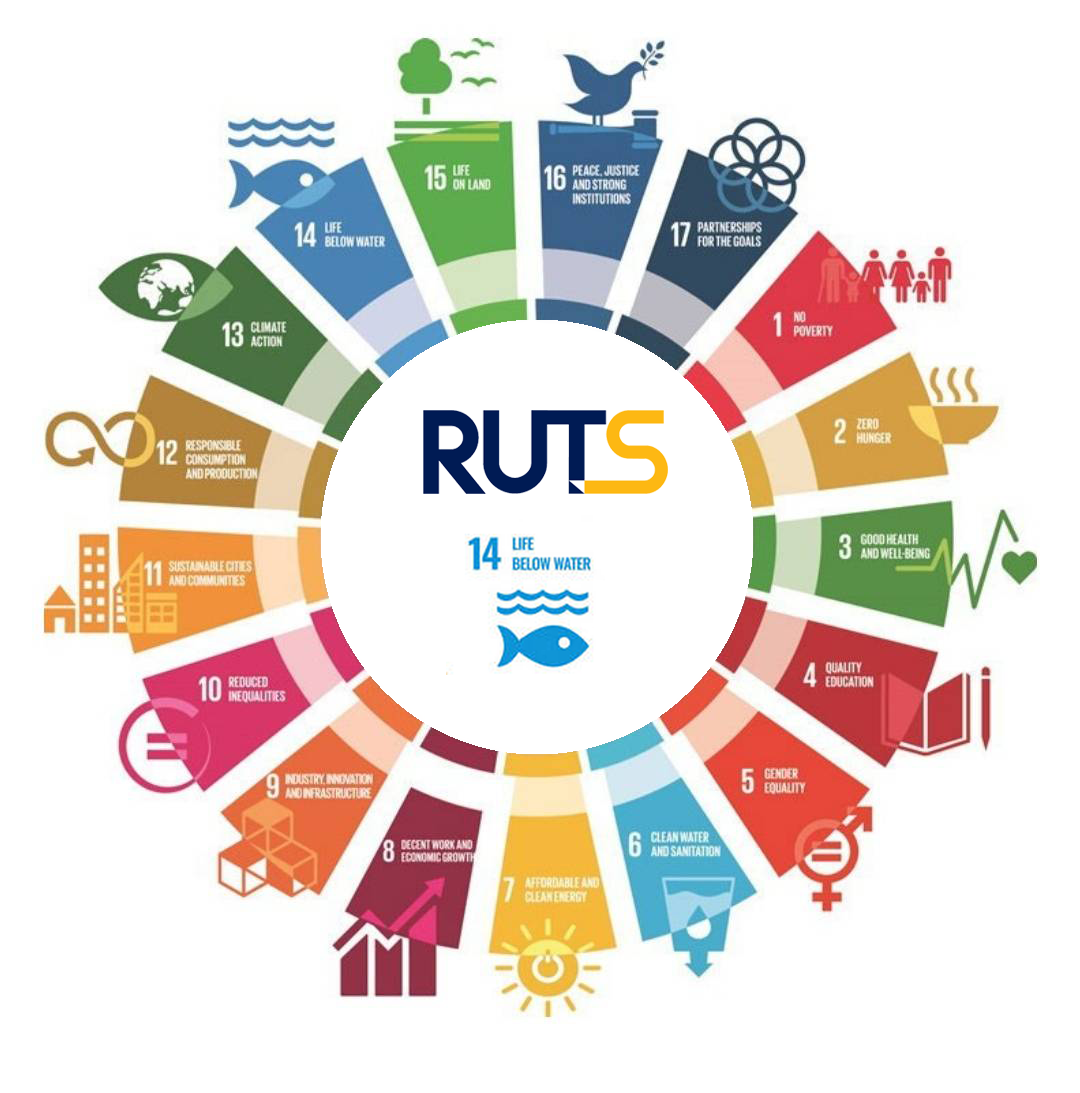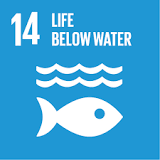|
Outreach and Engagement
Participatory Action towards Coastal Resources Sustainability for Koh Sukorn Coastal Community, Trang Province
June 14, 2022
Indicator 14.2.3 Indicator 14.5.1
Rajamangala University of Technology Srivijaya (RUTS) is dedicated to supporting coastal resources protection and restoration through our outreach and engagement. The Coastal Resources Restoration Plan (CRRP) for coastal communities along the Andaman coastline is the critical action towards coastal resources sustainability conducted by academic staffs of RUTS with collaboration of several sectors. For example, the CRRP for Koh Sukorn area was formulated using participatory process. Stakeholders comprised of 3 sectors: 1) Community sector included community leaders, community organization (resource conservation groups, occupation groups, female groups, elderly groups, saving groups) and religion leaders; 2) Public sector included local administration, Subdistrict Administrative Organization, school, and subdistrict health promoting hospital; and 3) Private sector included aquatic animals purchase center, shop, and homestay business.
The CRRP was developed with all sectors in Koh Sukorn subdistrict through 3 forums. In Forum I, stats of problems, community needs and community potential were analyzed by using need assessment together with sustainable livelihood technique and SWOT analysis, respectively. For example, Illegal, Unreported, and Unregulated (IUU) fishing problems is one of the major topic that selected by local participants. The academic staffs of RUTS plays vital roles for enhancement awareness about overfishing, illegal, unreported and unregulated fishing and destructive fishing practices. IUU fishing has any negative environmental, economic and social impacts, including contributing to overfishing and threatening the sustainability of legal fisheries. In Forum II, details of coastal resources restoration plan in the Koh Sukorn area were prepared and the coastal resources restoration plan was examined in Forum III. From the aforementioned participatory process, the resulting coastal resources restoration plan in Koh Sukorn area consisted of 5 work plans: 1) infrastructure development; 2) increase of coastal resources value and community economy; 3) knowledge management; 4) coastal resources and environmental management; and 5) promotion of social capital. Each work plan contained 5, 5, 1, 6, and 2 projects, respectively.
The plan was submitted to the Koh Sukorn Subdistrict Administrative Organization which would be the main agency in driving the plan to implementation. The important issues of this coastal resources restoration plan will be added into the main Koh Sukorn local development plan when the community forums organized for plan revision in the future.
Related Links: https://fishtech.rmutsv.ac.th/fishtech/th/news2333
https://www.journal.nu.ac.th/JCDR/article/view/Vol-15-No-2-2022-40-57
|
||||









